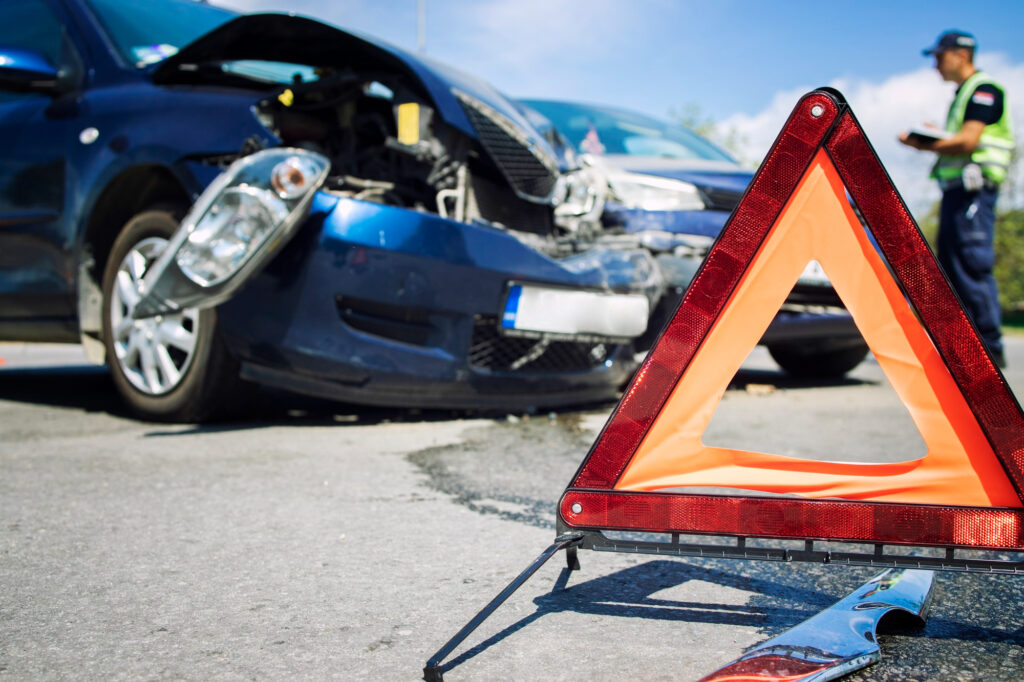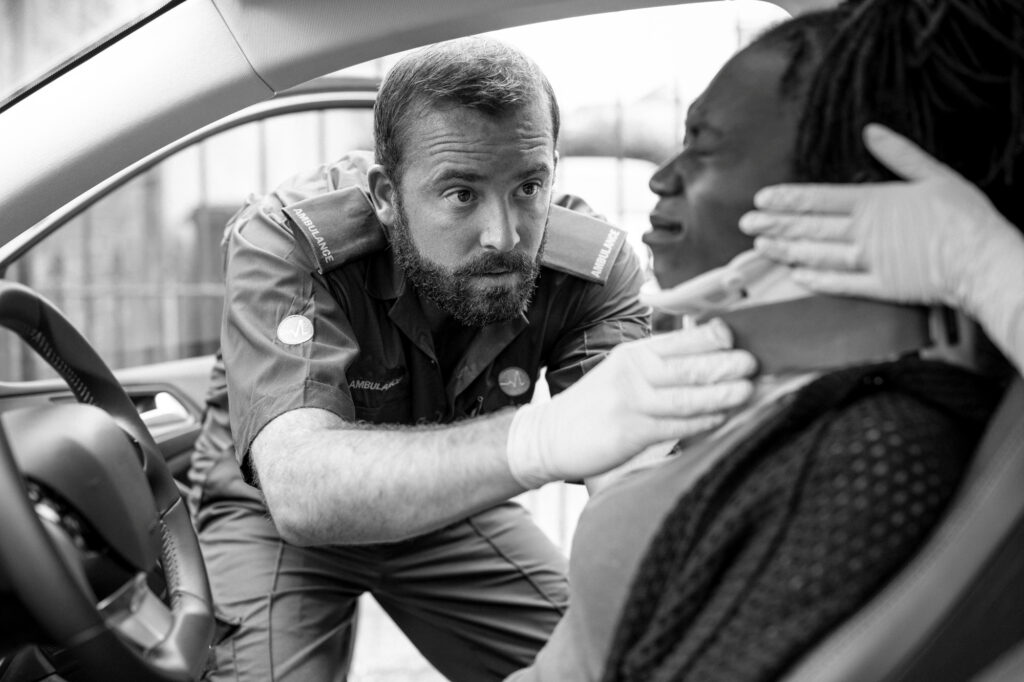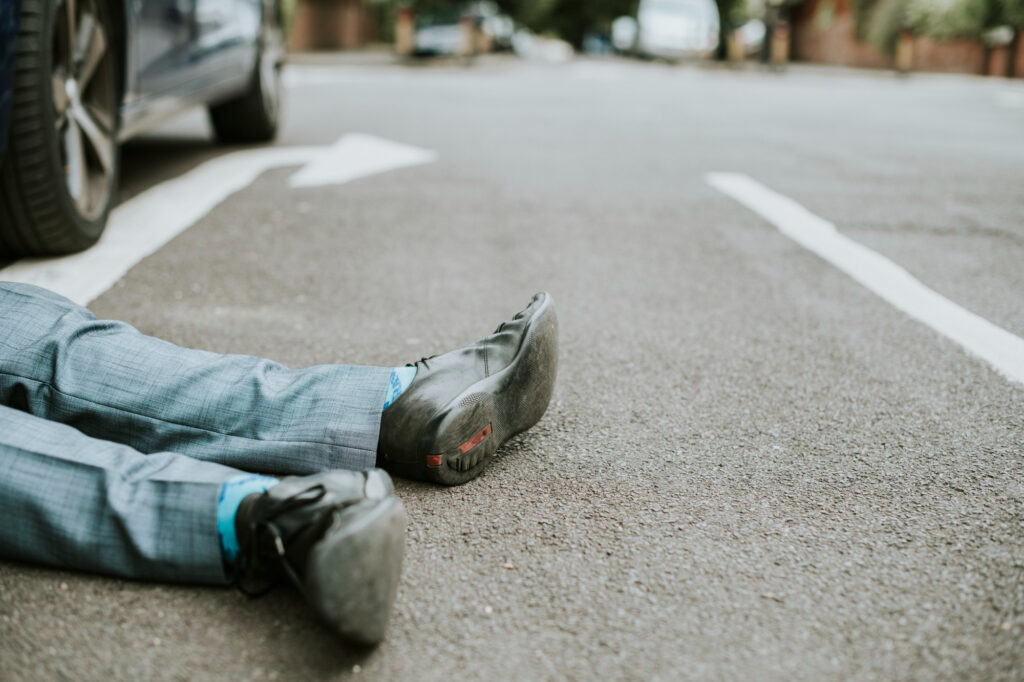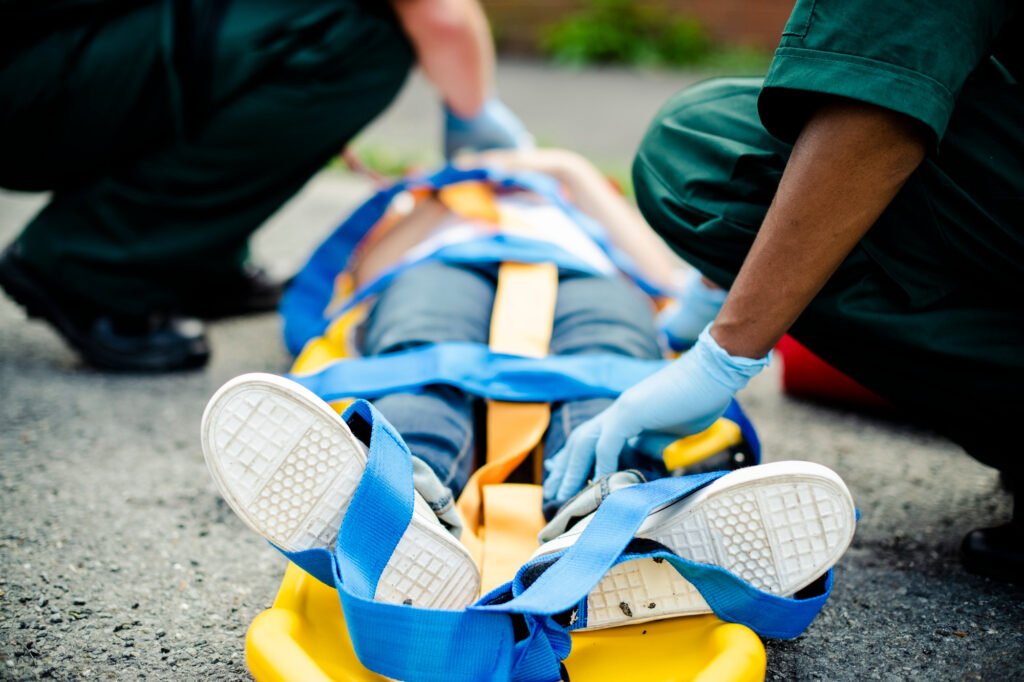Tips To Help Your Aging Parents Drive Safely For Longer
Aging brings new medications, vision decline, slower reaction times and reduced hearing — all of which can pose challenges when you get behind the wheel.
Getting older comes with both positive and less-than-positive changes. On the one hand, you have more time to do the things you love in retirement.
The following safe driving tips can help you stay safe on the road.

1. Get Your Hearing and Eyesight Checked Regularly
Many people experience impaired hearing and vision problems, such as cataracts or glaucoma, as they get older. This can make it difficult to drive at night or to hear the sounds of approaching traffic. To ensure your senses are functioning as they should, ask your doctor how often you should schedule vision and hearing tests — then follow up on those appointments in a timely manner.
2. Talk with Your Medical Provider
When you experience changes to your health or start taking new medications, it’s important to discuss side effects with your healthcare provider. Some medications may have side effects that can impair your ability to drive, like increased drowsiness, sensitivity to light and dizziness.
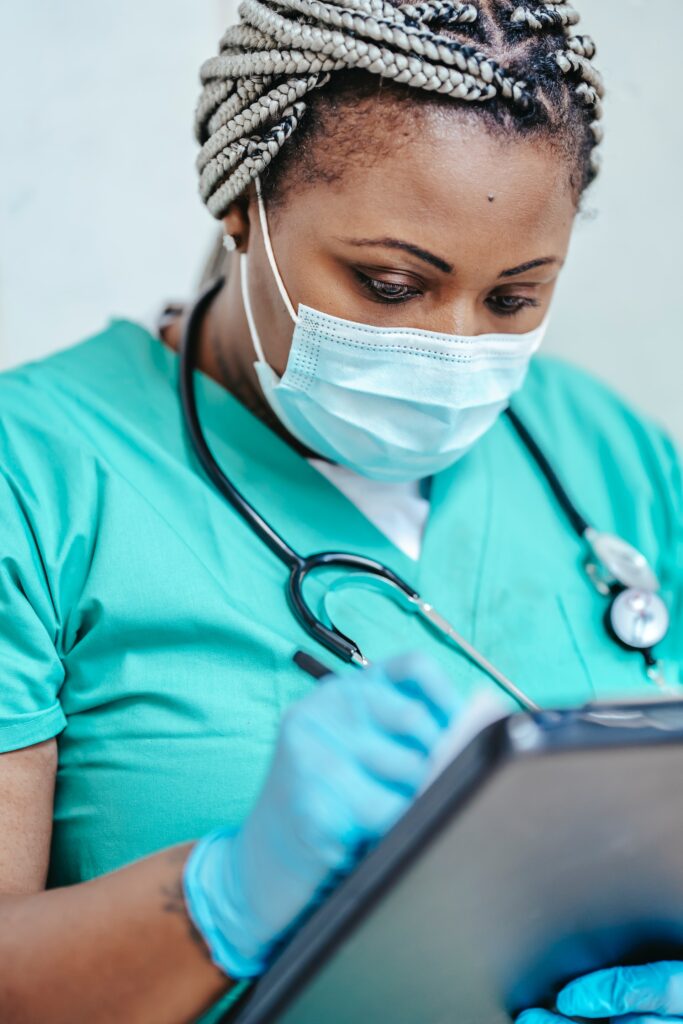
3. Avoid Distractions
No matter your age, avoiding distractions while behind the wheel is a smart decision for everyone. Practice safe driving practices like putting your phone away or turning on the do not disturb function, lowering the volume on the radio, avoiding eating while driving. Rather, do all these things, including adjustments to the vehicle’s mirror and seat settings, before hitting the road.

4. Limit Driving at Night or During Inclement Weather
Driving in low-visibility conditions, like when it’s dark outside or during heavy rain or fog can be dangerous. If possible, try to drive during the daylight and in good weather conditions whenever possible.
5. Choose Routes Carefully
Try to avoid higher-speed roadways like main roads and highways. It’s also good to limit routes that call for making turns onto busy roads. If you have a destination you visit with regular frequency, pick a route that you know well and are comfortable driving.
6. Sign Up for Driving Courses
Not only does a defensive driving course offer a refresher on the rules of the road, it also offers you an opportunity to brush up on your driving skills and possibly earn discounts on your auto insurance.
7. Allow Extra Space
Give yourself and other drivers extra space to allow for more time to brake or change lanes.

8. Pick a Car with Safety Features
When shopping for a car, consider newer vehicles that include features that can help reduce the likelihood of crashes. Look for options like:
- forward collision warning;
- automatic crash notifications;
- parking assist, backup cameras; lane change assist and
- self-parking and navigation assistance.
While these features can’t guarantee an accident-free driving experience, they are proven to reduce the frequency and severity of accidents .

9. Be Honest About Your Abilities
Every driver is different, and there’s no set age for when you need to hand over the car keys. So how do you know when it’s time to stop driving? Evaluate your skills and be honest about your abilities.
Here are some signs that might indicate your driving is jeopardizing your safety and the safety of others:
- Frequent “near-misses” that could cause accidents;
- Inability to control consistent speeds;
- Difficulty recognizing the distance between cars and other objects;
- Difficulty switching lanes;
- Failure to stop or yield at traffic lights;
- Forgetting to signal; or
- Getting lost in familiar areas.
10. Ask for Help
When driving becomes difficult, or if you find yourself confused while on the road, ask for help from a trusted friend or family member. Starting this conversation doesn’t mean you have to completely give up driving; it just might mean you no longer drive at night or you ask a relative to drive when you need to travel long distances. You can also research public transit, taxi services, rideshares, or check with local senior centers to see if they offer transportation in your area.


